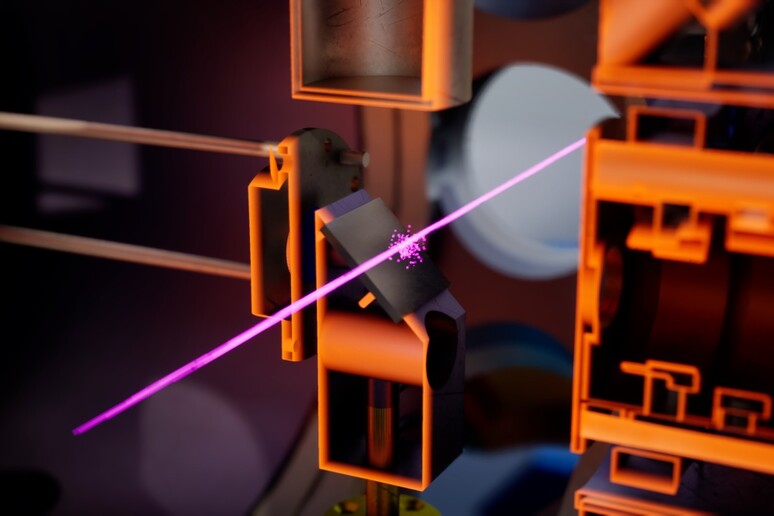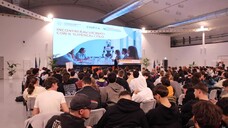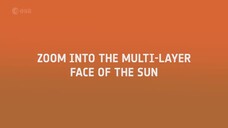Antimatter research is poised to make a revolutionary leap towards new future applications regarding fields such as spectroscopy and diagnostic imaging.A breakthrough that scientists has been trying to make for decades on this front has been achieved at CERN with AEgIS (The Antimatter Experiment: Gravity, Interferometry, Spectroscopy), one of the experiments of the Antimatter Factory, featuring a major contribution from Italy's National Institute of Nuclear Physics (INFN).
The result, which was given a prominent position in the Physical Review Letters journal, was made possible by a special laser designed by Italy's Ruggero Caravita, the coordinator of the AEgIS collaboration and an INFN researcher. At the same time a University of Tokyo research group achieved a similar result, with the relevant paper published online on the arXiv site, using a different technique.
The experiment was done on a cloud of positronium, the lightest atom, made up of an electron and its anti-particle, the positron.The cloud was cooled with the new laser, based on an alexandrite crystal capable of guaranteeing a high intensity, broad band and long lasting impulse."We have invented a way to actively cool the positronium cloud with the laser," Caravita told ANSA.
"The idea was hatched in Italy, at the University of Milan. It took 10 years to develop the laser in a team effort," he said, adding that this effort featured the CNRS, the French research council, and was financed by CERN.
Riproduzione riservata © Copyright ANSA













